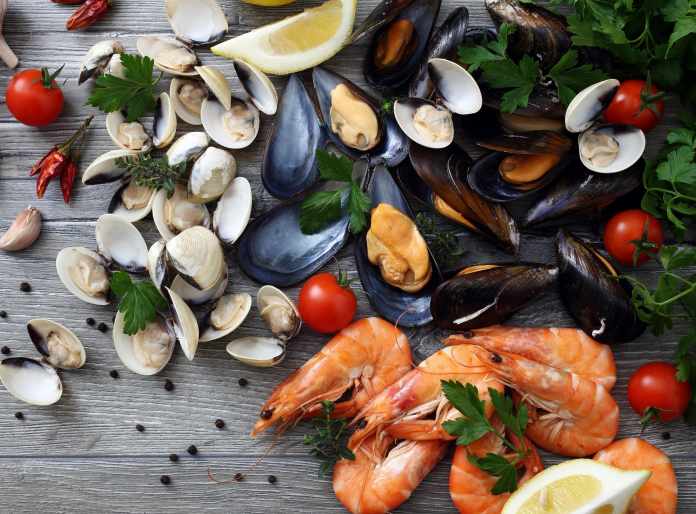New Zealand is well known for its well established fish market. Its abundance of sea food draws heavily on access to the sea and the wealth of sea life. Here in Auckland you will find lots of fish species and seafood such as Snapper, John Dory, Yellowfin Tuna, Hoki, King Fish, Salmon, Oysters and Mussels, to name a few. You will recognize those by their appearance. Have a look at the types of seafood found in the New Zealand waters.
Table of Contents
Snapper
Snappers are marine species but sometimes inhibit estuaries. The red snapper, one of the best known, grows up to about 1 m (3.3 ft) in length and feeds on crustaceans or other fish, although a few are plankton-feeders. They live around reefs and rocky areas at depths reaching 100 m, mostly found on North Island and the top of South Island. Their colour is usually pink, red or brown on top and silverish on the bottom. They typically weigh from 1 to 20 kg. Snapper is favourite for its beautiful flavour in the kitchen.
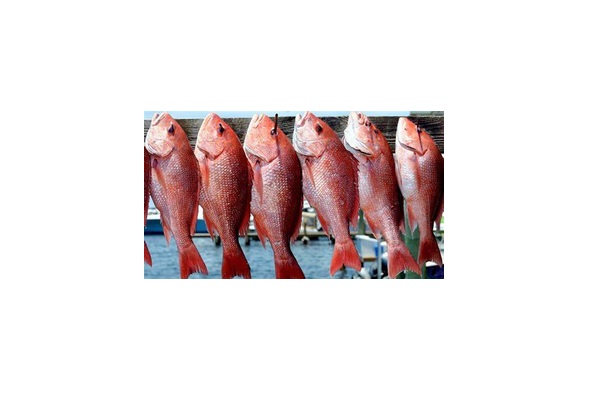
John Dory
John Dory are found most commonly in the warm waters of North Island. They possess olive-yellow body which has a large dark spot and long spines. Large eyes at the front of the head enable them to see in depth, which is a good trait for predators. It catches prey by stalking it. In Maori, John Dori is known as kuparu.
Being an edible coastal marine fish, John Dory appears at the table as most delicious fish. Living in depths from 5 metres (15 ft) to 360 metres (1200 ft), they develop extensive fat which adds a bit of an oily flavour when eaten.
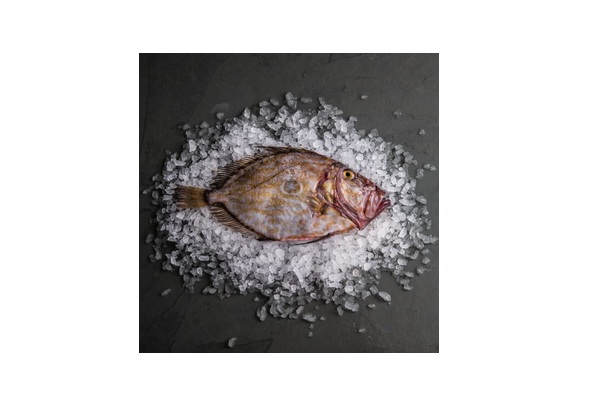
Yellowfin Tuna
Yellowfin tuna can be found in open, tropical and subtropical, oceans worldwide. It is a highly prized catch in the offshore fishing. In New Zealand, they inhibit warm ocean waters up north. Their catching season starts mainly in December and ends in March.
They most commonly weigh between 20 to 80 kg, sometimes reaching up to 170kg. They are 60-100cm in length, reaching 200cm highest.
Yellowfin tuna is an excellent eating fish best served grilled or in sashimi (raw) Japanese dishes. The meat is firm and moist with large flakes when cooked. The tuna is often added to salads, served in cans, or eaten as a whole.
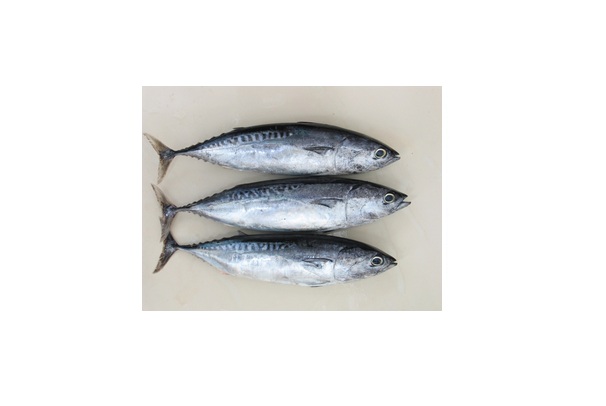
Hoki
Hoki is particularly small, freshwater fish that you can find all around New Zealand. They are commonly caught up at the rocky sites where there are corals, mollusks, shells and other crustaceans. They are recognized by silvery skin, teal/blue coloring and a long tail with no separate “join” with the body.
This is a tasty fish, high in fat, commonly baked, fried, or steamed.
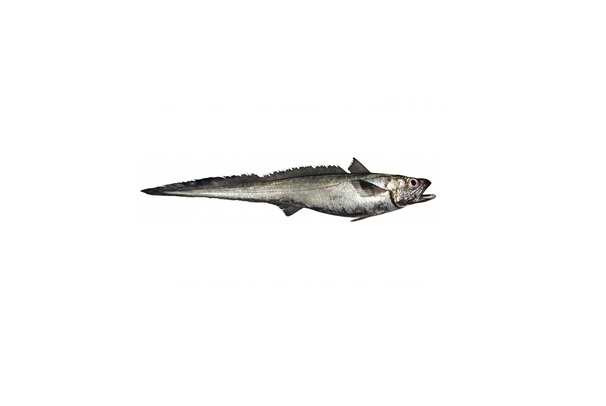
Kingfish
The yellow tail Kingfish is a national heritage in New Zealand. They can be found around rocky reefs in coastal waters. Growing to 90-175cm in length and weighing 12 to 25 kg (up to 45 kgs), they are one of the most powerful and aggressive fish species in New Zealand, generating a lot of power when hooked.
Kingfish possess dark green skin, silver-white bellies and golden edges that run along the body. The name “Yellowtail” Kingfish originates from the yellow fins that are located at the back and all around the body.
Kingfish are a prized eating fish in New Zealand, best served as fresh sashimi, grilled or smoked.
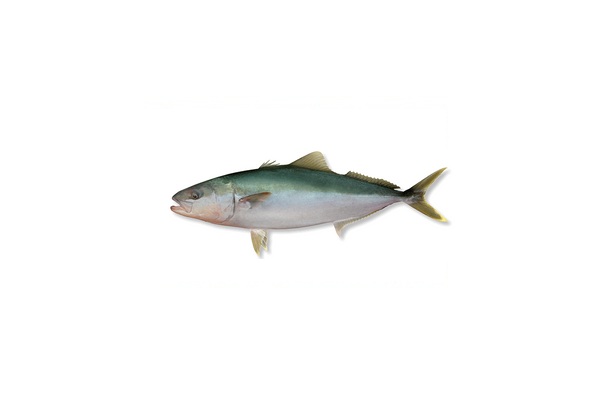
Chinook Salmon
Chinook salmon, also known as King Salmon, were introduced to New Zealand in the early 20th century, which led to the establishment of spawning runs claiming New Zealand as the largest exporter of salmon in the world, whose spawn amounts, in some accounts, constitute about half of the global production.
Being a freshwater largest species of Pacific salmon, chinook salmon can be found in a number of rivers in the South Island. Their colour varies between Blue-Green, Red or Purple on the top of the head and back. Its sides and belly are usually silver and white. They weigh in ranges of 4.5 to 22.7 kg and have typical length of 610 – 910mm. Its Maori name is Hamana.
Wild-caught Chinook salmon is perfectly edible with a small caveat. The fish often gets a reputation of being dangerous to consume. This is true if the fish hasn’t been kept in right conditions after being caught, if the salmon is a “rotter” or if it hasn’t been cooked through well. Being “rotter” means that the salmon body is decaying but it still tries to reproduce itself by entering the rivers to spawn. They stop feeding and start focusing on reproduction, which causes their bodies to start breaking down. So while catching, preparing and eating salmon fish you should be careful as to avoid any sort of rotten meat. It is absolutely harmless if the salmon has been kept in right conditions and thoroughly cooked, with bold flavor and high-fat content.
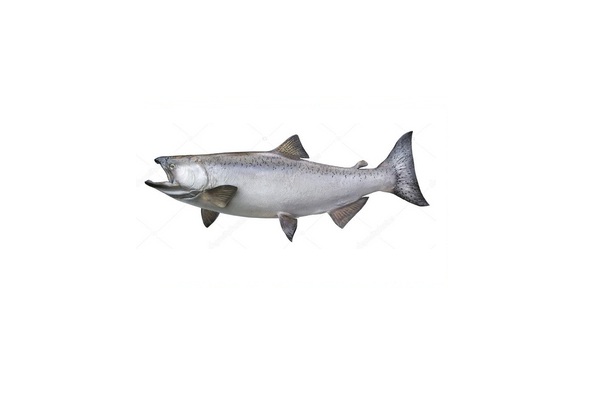
Oysters, Mussels and Other Shellfish
New Zealand has rich sea resources. Apart from fish, you will also find other types of seafood such as crabs, crayfish, mollusks, clams, scallops and other molluscs. In New Zealand you can often find shells of molluscs on the shoreline. These creatures inhibit almost every rocky beach or area near the sea water. They tend to live in groups, populating and sucking in to rocks and other terrain. Shellfish are named after the shell that protects the creature inside. Belonging to the large marine group known as molluscs, shellfish include animals such as mussels, oysters, snails and limpets. Others like squid, sea slugs and octopuses are also molluscs but without shells.
Oysters, Mussels and other Shell sea animals are particularly important in a Kiwi diet. They are cooked by boiling and served with lemon juice sprinkles. The texture of these shellfish is soft and dense, rich of protein.
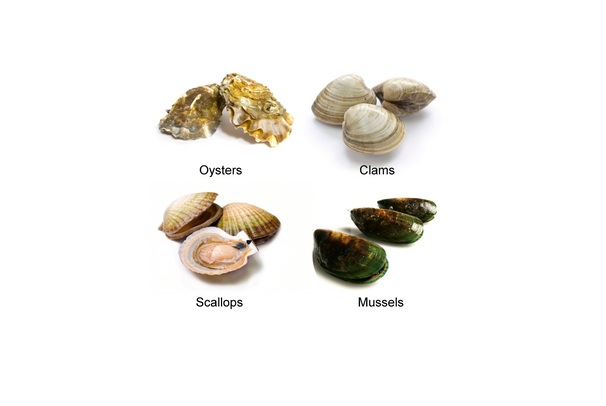
Final Thoughts
New Zealand has a great abundance of unique and diverse sea creatures. You are more than welcome to explore and find your favorite fish, or a sea mollusk. There are many more types of fish and seafood that you can enjoy fishing for and eating. Apart from fish there are also other inhabitants in New Zealand. Check this blog to find more about travel, nature and animals inhibiting New Zealand.













